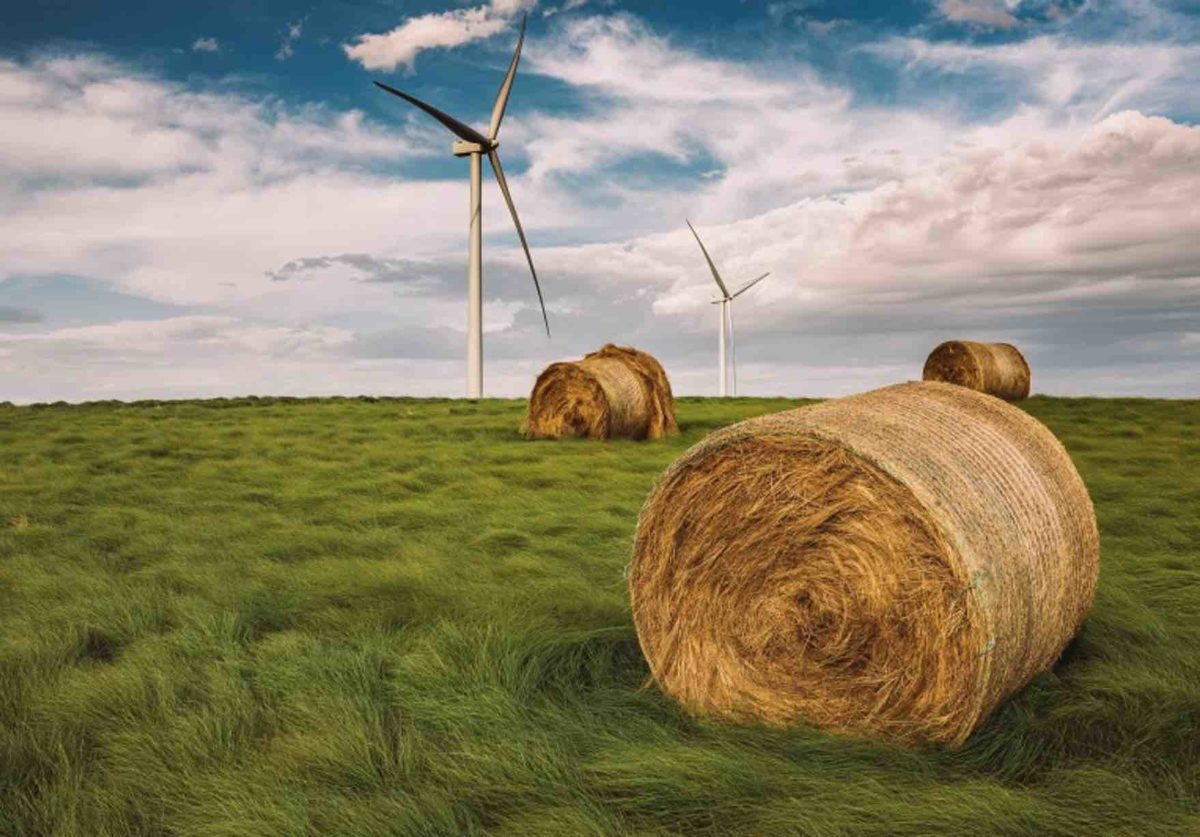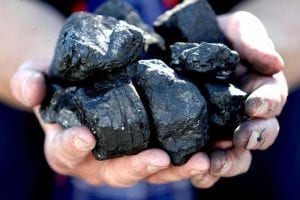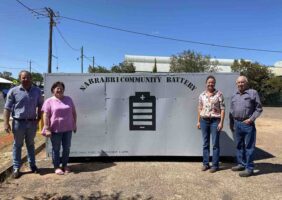A group of organisations is calling for a $100 billion investment in clean energy technology over the next 10 years, to counter the enormous spending already committed internationally.
Last year, the US committed $625 billion to climate and green energy initiatives while Europe, through its Inflation Reduction Act, a kind of green deal, and wants to mobilise $1.7 trillion of public and private capital. It has already succeeded in attracting tens of billions of investment in manufacturing.
Canada, India, Korea and Japan are also committed significant funding to climate initiatives, as it the EU – and the Australian groups fear the country could fall behind in its plans to be a renewable energy superpower.
Australia’s most significant response to the IRA has an $2 billion for the “hydrogen head-start” program, but the new coalition of activist groups is calling for that sum to be multiplied.
The new proposal involves heavy hitters in the environment and climate movement, including the Smart Energy Council, Rewiring Australia, the ACTU, the Australian Conservation Foundation, Climate Action Network Australia, Climate Energy Finance, the First Nations Clean Energy Network, and New Energy Nexus.
They say that incentives worth $100 billion would deliver at least $300 billion in annual clean export revenue by 2035 and 700,000 direct jobs, mainly in rural and regional Australia.
The funding pot would be to support new industries in anything from green iron and steel to advanced manufacturing such as solar and wind componentry, to transmission infrastructure and clean energy exports.
“A $100 billion package will help re-industrialise the nation,” said Climate Energy Finance founder Tim Buckley.
“We need a far more integrated and ‘big picture’ approach to encourage greater investment,
commensurate with the scale of this massive renewables and critical minerals/metals embodied decarbonisation export opportunity for Australia.
He said such a program would create hundreds of thousands of jobs, diversify the export base and revenue streams as well as increase local value-added production, secure supply chains and develop sovereign manufacturing capabilities.
“This is climate policy as economic policy as national security policy – in the 21st century, these are fundamentally linked.”
As some major renewable energy projects, from generation to transmission, struggle to secure social licences from the communities they plan to operate in, this proposal also puts social, environmental and labour benefits at the core.
The proposal also calls for community benefits to be a core component, be it social, labour or environmental, including free, prior and informed consent from First Nations communities and co-ownership, place-based co-development with local communities, and improved environmental outcomes linked to accelerated assessments and decisions.
“Australia is standing at a crucial juncture in our nation’s history,” said Smart Energy Council chief executive John Grimes.
“Our world-leading resources and renewable energy potential provide the opportunity for Australia to become a driving force in the global green economy while driving down emissions in line with the science to maintain a safe climate.
“But without significantly greater investment, we simply won’t be able to build the industries of the future, reduce emissions, create jobs or strengthen national prosperity and social equity.”








